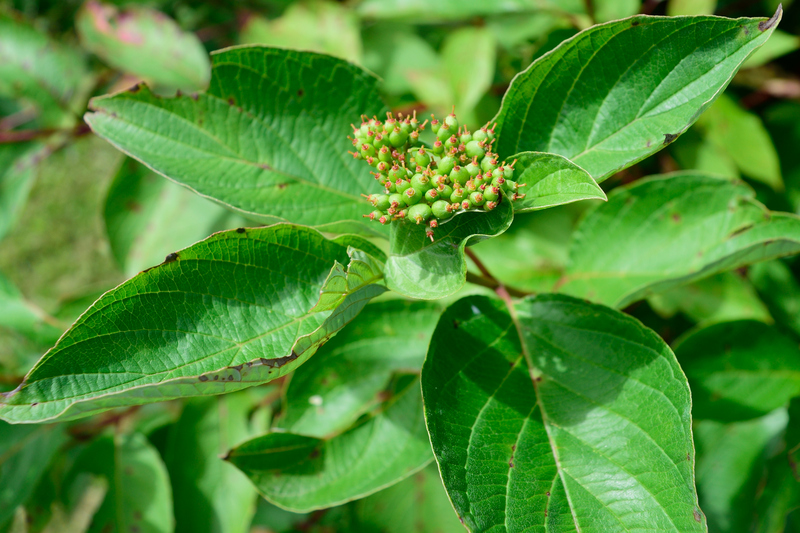Balancing Soil pH for Green Lawns
Posted on 24/01/2025
Achieving a lush, green lawn is a dream for many homeowners. However, maintaining that perfect patch of grass involves more than just regular mowing and watering. One critical aspect often overlooked is the soil's pH balance. The pH level of soil can significantly influence the health and appearance of your lawn. In this comprehensive guide, we will explore how to balance soil pH for a green lawn, delving into the science behind soil pH, testing methods, and practical steps to adjust it effectively.
Understanding Soil pH
Soil pH is a measure of how acidic or alkaline your soil is, with a scale ranging from 0 to 14. A pH level of 7 is considered neutral, values below 7 are acidic, and those above 7 are alkaline. This measure is crucial because it affects the availability of essential nutrients to plants and the activity of soil microbes.
Grass thrives in a slightly acidic to neutral pH range of 6.0 to 7.0. When soil pH falls outside this range, nutrient uptake can become impaired, leading to poor grass growth and susceptibility to diseases and pests.

The Science Behind Soil pH
Soil pH determines the chemical forms of nutrients in the soil. For example, in highly acidic soils (low pH), elements such as aluminum and manganese can become more soluble and potentially toxic to plants. Conversely, in highly alkaline soils (high pH), essential nutrients like iron, phosphorus, and manganese can become less available, affecting plant growth.
Microbial activity is also influenced by soil pH. Beneficial bacteria that decompose organic matter and release nutrients function best within specific pH ranges. When the pH is too low or too high, microbial activity diminishes, further affecting soil health and plant growth.
Testing Soil pH
Before making any adjustments, it's crucial to test your soil's pH. There are several methods to do so:
- Soil Testing Kits: Available at garden centers, these kits typically include pH test strips or liquid test solutions. Collect a soil sample and follow the kit instructions to obtain a pH reading.
- pH Meters: Digital pH meters provide accurate and quick readings. Simply insert the probe into the soil and read the digital display.
- Laboratory Testing: For the most precise results, consider sending a soil sample to a local extension service or agricultural laboratory. These tests can also provide detailed nutrient profiles and recommendations.
Adjusting Soil pH
Raising Soil pH
If your soil is too acidic (pH below 6.0), you can raise the pH by adding lime (calcium carbonate). There are different forms of lime, including ground limestone, dolomitic lime (which also adds magnesium), and quicklime. The amount to apply depends on the soil type and current pH.
- Application: Spread lime evenly across your lawn using a broadcast spreader. It's best to apply lime in the fall or early spring to allow it time to adjust the soil pH before the growing season.
- Watering: After application, water the lawn thoroughly to help the lime penetrate the soil.
- Re-testing: It can take several months for lime to fully react with the soil, so re-test the pH after a few months and reapply if necessary.
Lowering Soil pH
If your soil is too alkaline (pH above 7.0), you can lower the pH by adding sulfur-based products or organic matter. Elemental sulfur, aluminum sulfate, and iron sulfate are common choices.
- Application: Similar to lime, spread the chosen product evenly across your lawn. The amount and frequency of application depend on the degree of pH adjustment needed.
- Organic Matter: Incorporating organic matter such as peat moss or compost can naturally lower soil pH over time and improve soil structure.
- Watering: Water the lawn after application to help the materials integrate with the soil.
Maintenance and Monitoring
Maintaining the desired soil pH is an ongoing process. Regular monitoring and adjustments are necessary to keep your lawn healthy and vibrant.
- Regular Testing: Test your soil pH at least once a year, preferably in the fall, to determine if any adjustments are needed.
- Balanced Fertilization: Use fertilizers that align with your soil's pH and nutrient needs. Balanced fertilization helps maintain appropriate nutrient levels and pH balance.
- Lawn Care Practices: Proper mowing, watering, and aeration can also influence soil pH. Avoid over-watering and ensure good drainage to prevent pH imbalances.

Common Challenges and Solutions
Even with careful attention, you may encounter challenges in maintaining the ideal soil pH.
Persistent Acidic Soils
If your soil remains consistently acidic despite liming, consider the following:
- Soil Type: Some soils, like those with high clay content, resist pH changes. You may need to apply lime more frequently or in larger quantities.
- Water Source: Irrigation water with low pH can contribute to soil acidity. Test your water source and consider using a neutral pH or slightly alkaline water source.
- Organic Matter: Increasing organic matter in the soil can buffer pH changes and improve soil health.
Persistent Alkaline Soils
If your soil remains alkaline despite sulfur applications, here are some possible solutions:
- Soil Composition: Soil high in limestone or other alkaline minerals can resist pH changes. Frequent sulfur applications or incorporation of organic matter can help.
- Irrigation Water: Alkaline irrigation water can elevate soil pH over time. Test and adjust your water source if needed.
- Mulching: Using acidic mulches like pine needles can gradually lower soil pH.
Final Thoughts
Balancing soil pH is essential for maintaining a thriving, green lawn. By understanding soil pH, testing regularly, and making appropriate adjustments, you can create an optimal growing environment for your grass. Remember that achieving and maintaining the right soil pH is an ongoing process that requires attention and care. With diligence and informed practices, you'll be well on your way to enjoying a lush and healthy lawn year-round.
For more specific advice tailored to your region and soil type, consider consulting with local gardening experts or extension services. They can provide valuable insights and recommendations to help you achieve the perfect pH balance for your lawn.












